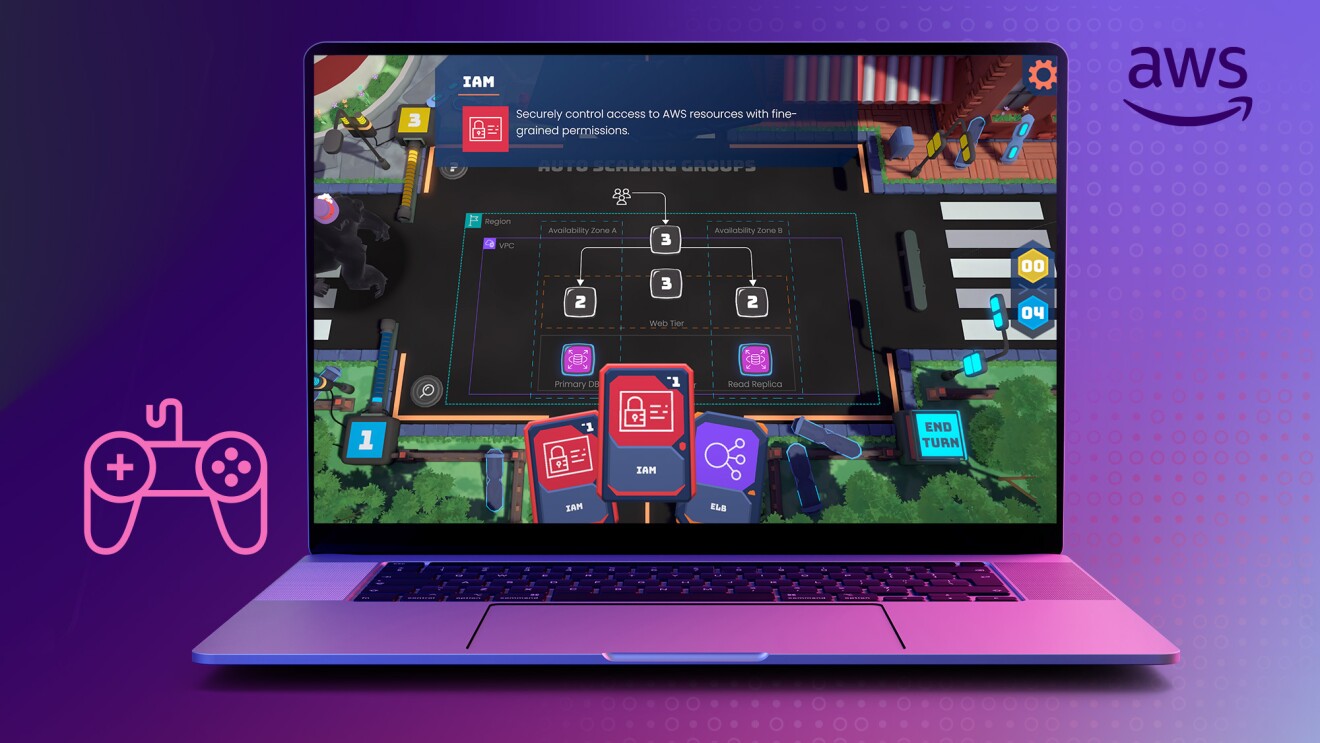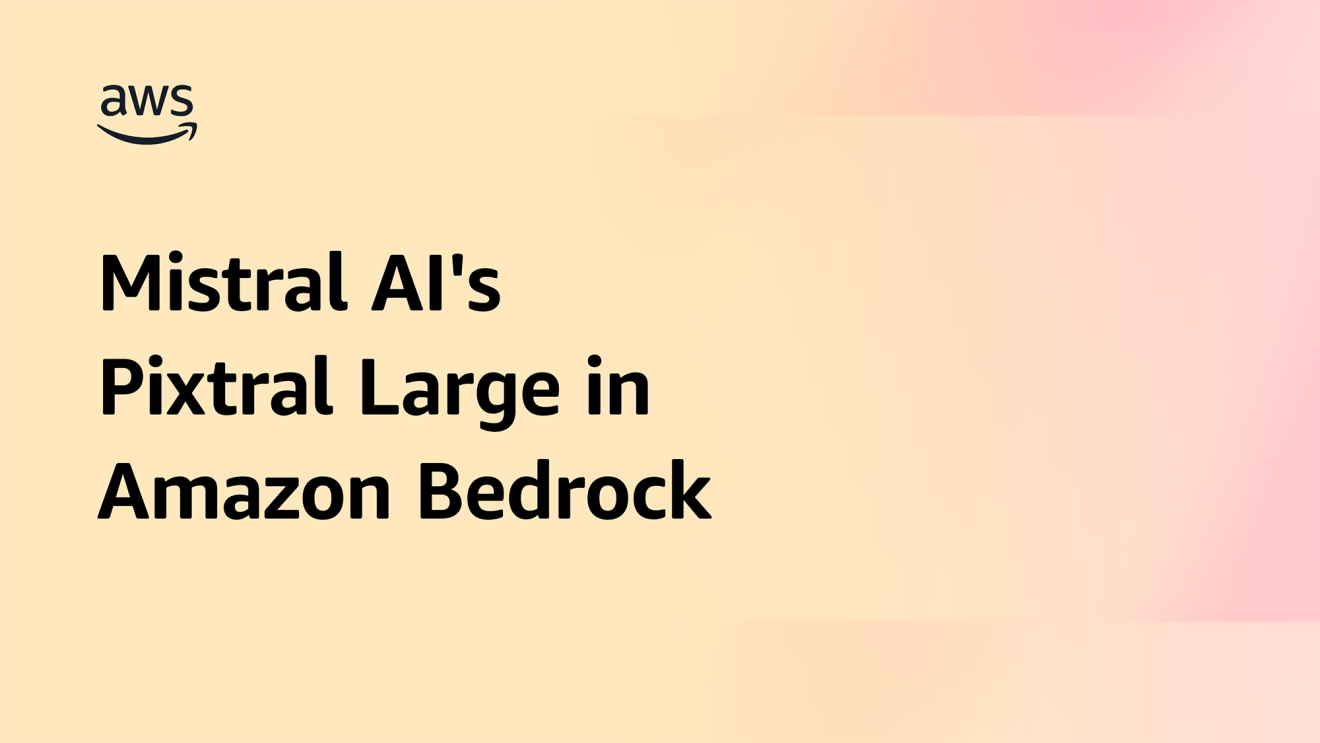As this year's Women's History Month comes to a close, Amazon Web Services (AWS) is continuing to highlight innovative and fearless leaders who are using the power of tech to reinvent their businesses, better serve their customers, and improve our world. That includes Girls in Tech, a global nonprofit bringing the world together through education, professional development, and community-building experiences.
Many women feel alone as they tackle the challenges of the professional world. And it's not surprising, especially in the tech world, where only 26% of computer scientists are women and the gender gap remains stubbornly wide. There is much work to be done, and Girls in Tech is among the organizations pushing hardest to make lasting change. That is why AWS is proud to work alongside Girls in Tech.
AWS will support the Girls in Tech annual conference, Digital Career Fair, as well as a virtual hackathon focused on creating real-world technical solutions powered by women. In addition, AWS will support the nonprofit's recently re-launched Virtual Mentorship Program and AMPLIFY, a startup pitch competition that helps entrepreneurs with funding, mentorship, and more.
Girls in Tech Founder Adriana Gascoigne joined AWS Head of Diversity, Equity, and Inclusion LaDavia Drane for a conversation about the experiences that compelled Gascoigne to build her nonprofit, how the movement became global, and why the work of Girls in Tech will never be finished.
LaDavia Drane:You've described Girls in Tech as a passion project that became an all-consuming job. How did it come about? Was there a moment that made you decide Girls in Tech needed to exist?
Adriana Gascoigne: In the mid-2000s I was one of very few women working at a startup in Silicon Valley. I faced regular harassment and discrimination, simply because of my gender. For example, one day I was speaking to a reporter about a new product feature we were launching, and in the middle of the interview, a male associate threw a massive water bottle at my head and said, "Shut the f*** up!" Of course, I brought this up with my boss. His response was, "Adriana, you're being too sensitive." At a certain point, I just had enough. I didn't feel safe, comfortable, or productive in my work environment. I thought there was something I could do to rectify the issue. I started Girls in Tech to pave a better path for women in my industry.
At a certain point, I just had enough. I didn't feel safe, comfortable, or productive in my work environment.
Adriana Gascoigne
Drane: You took this on for all the women already in the tech industry and the girls who weren't even in the workplace yet.
Gascoigne: I wanted to make an impact. I feel my purpose in life is to help others in need. Period. I studied sociology in college, and I've always worked at nonprofits and volunteered my time. So when these situations intersected––my passion for helping others, and the unsafe, unproductive environment I was in at the startup—I took a breath, a moment of reflection. I thought to myself, 'I'm not the only one experiencing this. It's a systemic issue throughout the tech sector, not just in startups.' I was determined to fix it so that more women would apply to jobs in tech, be excited about STEM, and most importantly feel safe, comfortable, productive. I wanted women to be treated equally and have a seat at the table.
Drane: Today, Girls in Tech is a global organization and, really, a movement. How did it evolve?
Gascoigne: Our mission has always been to eliminate the gender gap in the tech industry. One of our main differentiators, and the reason we've been able scale globally, is our chapter model. We launched Girls in Tech in San Francisco in 2007, and we've built it in such a way that we can easily pilot education programs from our headquarters in Silicon Valley and then roll them out to our chapters around the world. Sometimes it's not only the education piece. It's also finding women who can be mentors to other women coming up. This approach—of connecting and building a community through Girls in Tech—has had a particular impact with women in underserved countries who are already dealing with so many other issues around social justice and human rights.
Drane: You've described some of them already, from the acceptance of 'bro culture' in places like Silicon Valley, to regions where women are not only underrepresented in tech but also fighting for basic human rights. What are the main barriers preventing women and girls getting into tech today?
Gascoigne: The reality is that we don't fully understand all the barriers, particularly when it comes to women who pursue degrees in STEM and then give up. There is a lot of research on this, yet we are still to reach a data-driven consensus as to why women abandon STEM education. When it comes to women in the workforce, it's actually a little bit easier. We know that systemic patriarchal models are holding them back. Deloitte's latest 'Women in the Boardroom' report found that women hold just 16.9% of board seats globally. If the current rate of progress holds, it will take more than three decades to achieve gender parity in the boardroom. How can the field ever truly be equal for women under these circumstances? We need women in leadership roles because change starts at the top. It's one of the reasons Girls in Tech launched the 'Half the Board' movement this month, demanding gender parity in the boardroom by 2025. It is only with sweeping changes like these that barriers will begin to crumble.
There's certainly no shortage of other factors holding women back, including things that would seem relatively easy fixes: from offering more comprehensive on-site childcare, to longer parental leaves, equal pay for equal work, aggressive recruiting of women, and so on. But they will not become a priority until they're a boardroom priority, and that won't happen until we have more women in the boardroom.
Drane: I love the big goals, but I also love the long-term vision. To get there, what can we all be doing to help?
Gascoigne: Hire women, or hire Black, Indigenous, and people of color (BIPOC). When a board seat opens up, vote in a woman. Or better yet, expand boards with seats reserved for women so that we can more quickly move towards gender parity. Advocate for organizations to take diversity, inclusion, and equity initiatives seriously and hold them accountable for change. Everyone should be speaking up when they see harassment, discrimination, and bullying of any kind at work. It's not one big thing that affects change, but rather a million little things that push towards a better, more just future for everyone.
Drane: What will the tech industry look like when your mission is fulfilled? How will we all know?
Gascoigne: Great question. Honestly, I don't know if we'll achieve gender parity in tech in my lifetime. That's the hard truth. It's crazy to think that when I started Girls in Tech in 2007, bringing more women into tech was a major issue, and it's still a major issue today. We've come a long way, but we have yet to scratch the surface. In that sense, I don't know if the mission will ever be fulfilled, but will rather evolve over time. We're expanding our chapters all the time. We just launched in Berlin, Greece, Tunisia, and will soon launch in Finland. We're trying our hardest to spread the word and get more people involved in the movement. And it's not only down to our members. We also need our advocates, including large corporations, small businesses, and other organizations and institutions, to work on this together if we want to be successful.
Drane: How can we feel confident that, as girls are being encouraged to get into technology at school, we're headed in a direction where things are getting better and more inclusive in the industry?
Gascoigne: Things are getting better. When I started Girls in Tech, there were so few women working at startups, and, like me, they tended to be on the nontechnical side of things. What I'm seeing now is more and more women graduating with degrees in computer science and a range of other technical [JL2] . And, just as importantly, they are actually applying for jobs. I'm not saying it's close to a point where we can be satisfied, but the needle is moving in the right direction. It might be moving too slowly for some of us, but it's still happening.
Drane: Adriana, I got to tell you, the work you're doing is absolutely inspiring. I'm grateful as a mother of a daughter and also as the leader of Inclusion, Diversity, and Equity here at AWS for the work that Girls in Tech is undertaking.
Join Girls in Tech for a global virtual hackathon to design innovative IoT solutions.
Girls in Tech's Virtual Hackathon is a two-week code-a-thon where developers, designers, scientists, students, entrepreneurs, educators, and mentors collaborate to build apps and technologies that solve social problems.
Images taken pre-COVID-19 pandemic.
Trending news and stories










